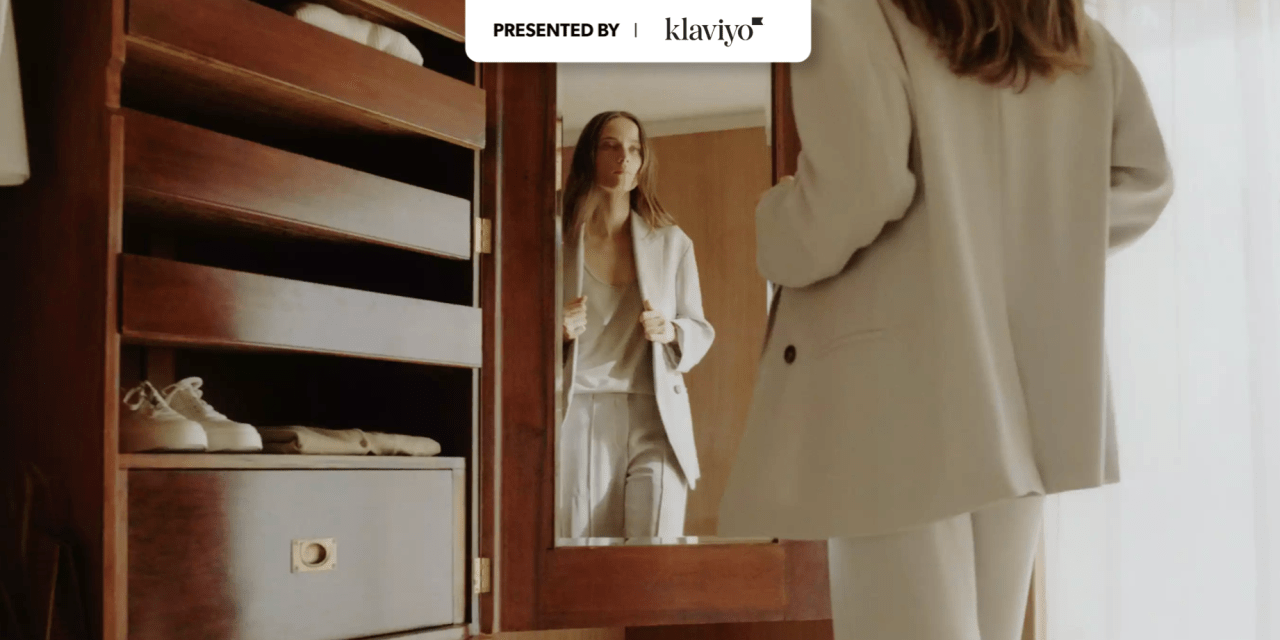Inside Vince’s plan to save $30 million over the next 3 years

This story is part of Glossy and Modern Retail’s series breaking down the big conversations at eTail West.
Chief information and transformation officer Heather Wilberger joined luxury apparel brand Vince in July 2022, after holding engineering and CIO roles at real estate agencies Rocket Homes and Bedrock Management. She hit the ground running, working on ways to evolve the brand’s relationship with technology and digital transformation. Today, Wilberger is focused on integrating more advanced and efficient technologies into Vince’s systems and processes to improve the customer experience and enhance operational efficiency, with the goals of ultimately cutting costs and driving growth.
“With a company our size, technology tends to be an afterthought because it’s [primarily] about the beautiful product that we create and not necessarily the technical backend,” Wilberger told Glossy.
Since Wilberger assumed her role, Vince has implemented several cost-cutting initiatives with the aim of achieving $30 million in cost savings over the next three years. According to Wilberger, the goal is “100% achievable through strategic organization around how [the brand] thinks through its cost-of-goods-sold initiatives and uses resources effectively throughout the organization.” Wilberger is also working with teams across the company to ensure business and financial acumen in the organization are instilled from the bottom up.
To help pay off $27 million in debt and become profitable, Vince parent company Vince Holding Corp. sold Vince’s intellectual property to brand management company Athletic Brands Group in April 2023. As previously reported by Glossy, the $75 million cash deal involved Vince Holding Corp. transferring Vince’s IP to a newly formed subsidiary controlled by Authentic Brands Group called ABG Vince — it’s 75% owned by ABG and 25% owned by Vince Holding Corp. Vince Holding Corp., which also owns the Rebecca Taylor and Parker fashion brands, will continue to be an independent publicly traded brand on the New York Stock Exchange. Its last earnings report, released in December 2023, showed a net sales decrease of 6.2% year-over-year to $84.1 million.
Wilberger sat down ahead of her eTail West panel this week to discuss how Vince is embracing technology, why her pivot to retail from a non-retail background works to the company’s advantage and how Vince is preparing for its next 20 years.
What was your role in shaping Vince’s transformation strategy?
“I spoke with the CEO [Jack Schwefel] about [transformational] opportunities and did some work behind the scenes for a mini-transformation rollout, [which included] bringing in some extra support. [We went through] thousands of cost sheets to mine for data. We brought in some partners to help us identify where to go [from here] — that was my project we started in June [2023]. … It’s been nine months now that we’ve been working through this journey, and it’s been a lot. The board’s been extraordinarily gracious and supportive. … For an example [of our cost-cutting], we had a Microsoft agreement where it covered all of our licensing across the organization … We hadn’t reviewed that in a while, and it was up for contract renewal. We knew that if we did a couple of things — and by a couple of things, I mean [there was actually] a ton of hard work behind the scenes to make this happen — we could reduce the [cost of the contract] by about $200,000 a year, which is significant. So [my time here has been figuring out] things like that: How do we rethink through how we use existing partners and existing technologies, and make sure we have the right technology and the right partner in place?”
How does your expertise and experience translate to your current role?
“Like any organization that’s 20 years old, we’ve come out of adolescence. We know who our customers are. We have the foundation and the brand ethos. People know who we are, but how do we make that transition to longevity? I was hired to think through what those culturally transformative things that we can do [are], whether it be on the technology side or now with the transformation work. … It’s about building structure and building tools in which we can measure outcomes of success and be transparent to the organization and the board.”
What are the strategies for factory diversification?
“At the core of it all, the product is sacrosanct, [meaning] there is no compromise. And that’s been the story that we’ve been telling and what we’ve been telling the teams. When people hear transformation in our industry, there’s sometimes the concern of what that’s going to mean for the product. We set out from the very beginning with the [mission] that the product can’t be compromised, period. It just can’t, because that’s the thing that our customer comes back to. They can buy a sweater, and it lasts for years and years. That’s been off the table for adjustment, and it’s been a good tenet and a good piece to center on, and get people out of the [mindset] that we just have to save money. Because it’s not about that.”

